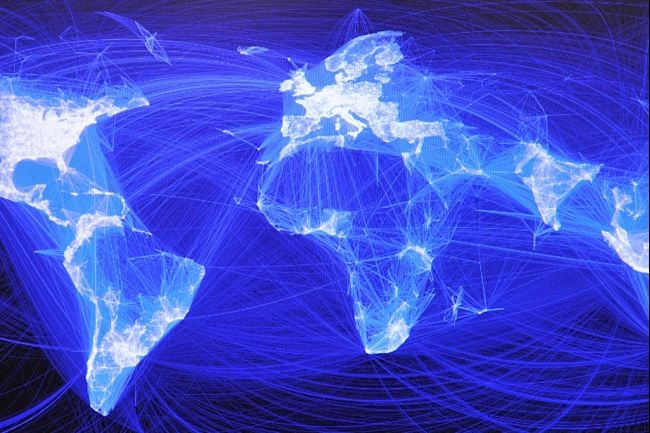"To meet these 21st century challenges, we need to use the tools, the new 21st century statecraft. ...we find ourselves living at a moment in human history when we have the potential to engage in these new and innovative forms of diplomacy and to also use them to help individuals be empowered for their own development."
- Secretary of State Hillary Rodham Clinton
Over
the past two decades, digital communications between both people and
organizations have significantly increased. Manuel Castells terms this the
“network society [in describing] the impact of new information and
communications technologies on different levels of interaction in society”. In
this new society, citizens “have become increasingly empowered to participate
actively in the public sphere”. The general public on all levels now has
control over the public sphere, not solely the traditional mass media outlets.
The U.S. Department of State
decided to act on this shift by enacting digital diplomacy, a way of using new
technologies to reach out to various non-state actors. Secretary of State
Hillary Clinton spoke on this in October 2010 with her speech on Innovation and American Leadership. She spoke
on how using tools of technology to expand the role of diplomacy worldwide is
necessary for this new digital age. The bureaus at the Department of State,
including Public Affairs, E-Diplomacy, Public Diplomacy, International
Information Programs, etc. all utilize media platforms to engage and empower
citizens both abroad and in the U.S. Each regional office and embassy utilizes these as
well, using Twitter feeds, Facebook pages, Blogs, and various other platforms
to engage. This culture change in the Department of State shows just how
important these new platforms are for governance. President Obama enforced this
as well with his Digital Government initiative to “better serve the American
people in building a 21st century platform”, combining web platforms
with mobility issues. 21st Century Statecraft, as they term this
shift, is currently promoting innovation to realize the full potential of these
new technologies.
In Seo and Thorson’s network
analysis on the structure of global Internet connectedness in Networks of Networks: Changing Patterns in Country Bandwidth and Centrality in Global Information Infrastructure, 2002-2010, they show the linkages
between many nations in terms of bandwidth levels and centrality in connections
with other nations. Predictably, the U.S., U.K, Germany, France, Italy,
Singapore, Netherlands, and China all had the most advanced Internet networks. The
Middle East and North African countries were shown to have increased as well,
progressing to the center of the global Internet network. As these countries
inch closer to the center, they become directly connected with the more
technologically advanced nations.
Seo and Thorson go on to explain
that “countries that use these technologies effectively will, ceteris paribus,
gain long-lasting and growing advantages if they do so sooner rather than
later”. This explains the rapid increase in online social networking and
information technology in U.S. diplomacy objectives. Through the combination of
new public diplomacy initiatives with the use of new technologies and the
increased connectedness of countries throughout the world, global relations
have already begun to change. In order to be strong actors in this new “networked
society”, all nations need to realize the full potential new technologies bring
and the importance of using them to directly connect with one another. Otherwise, they'll be considered too "traditional" for the globalized world.
Photograph by the Foreign Policy Association

No comments:
Post a Comment